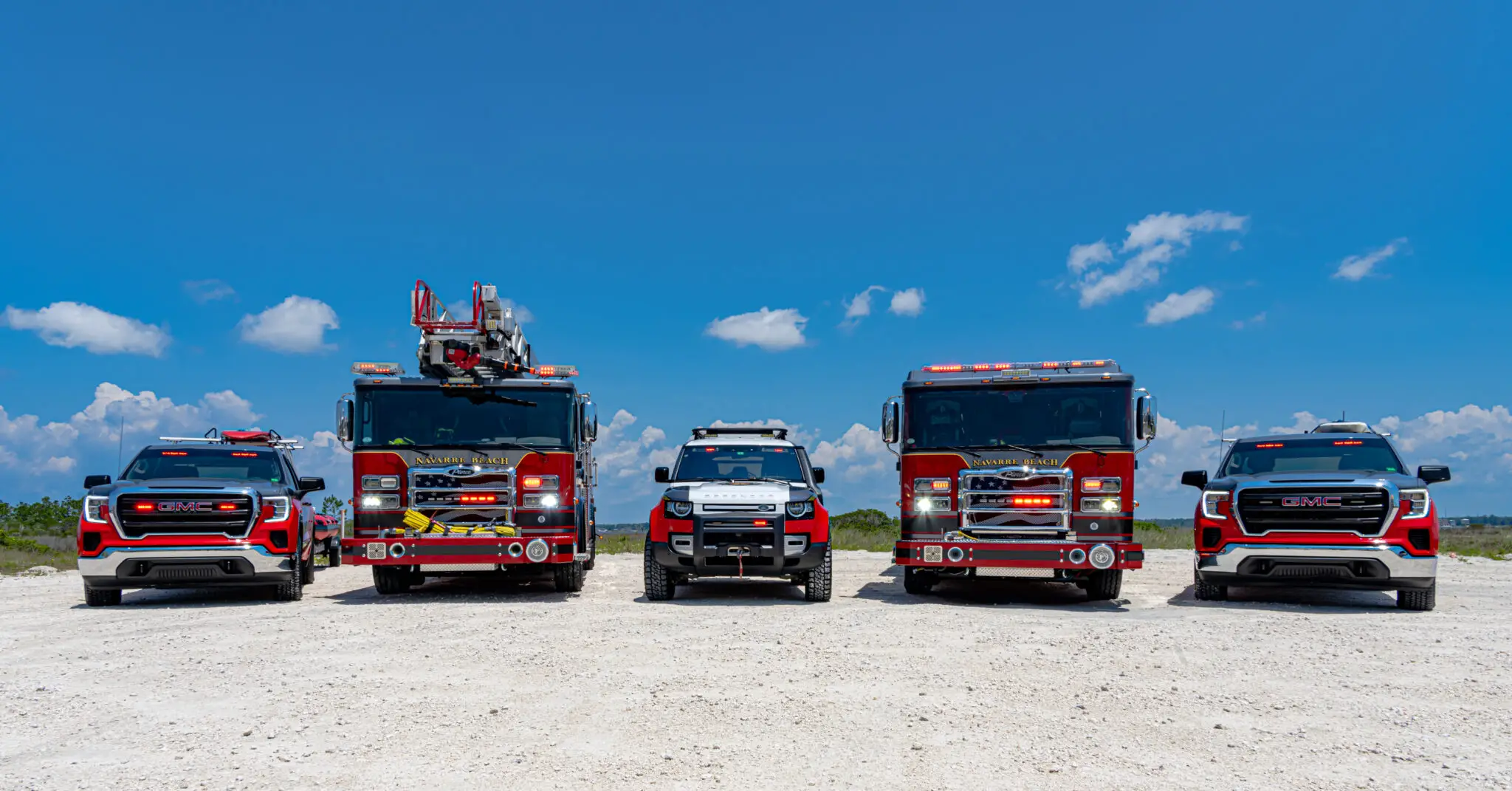With its sugar-sand beaches, abundant seaside towns, and thriving beach culture, the Florida Panhandle summons visions of the ideal sunny getaway.
But vacations here require research to answer the key question – is the Florida Panhandle safe for visitors?
Fast Facts: While no destination is risk-free, the Florida Panhandle scores favorably overall for safety. Low violent crime rates, stringent public health codes, family-friendly reputations, and responsiveness during emergencies characterize the area.
However, using common sense precautions remains key to avoiding problems. Let’s dive into a comprehensive overview of safety across the Florida Panhandle region.
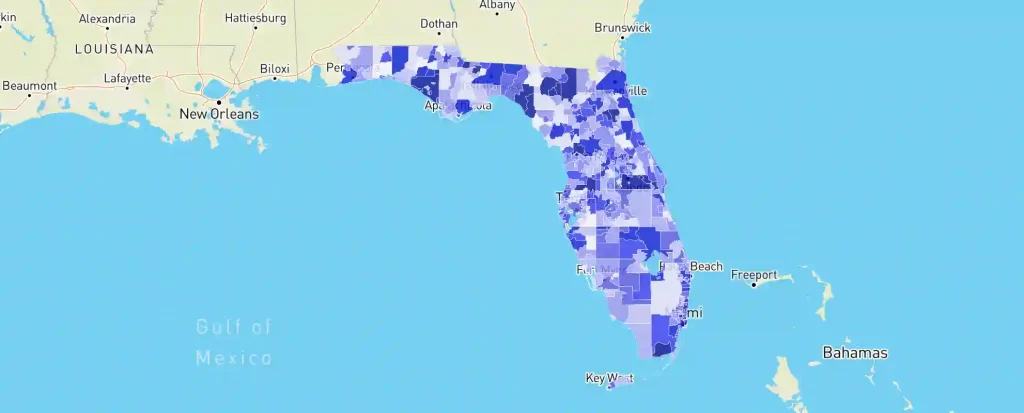
Overall Safety Reputation
Stretching along the northwest corner of Florida, the Panhandle area comprises Escambia, Santa Rosa, Okaloosa, Walton, Bay, and Gulf counties.
Major tourist destinations here include Pensacola, Fort Walton Beach, Destin, Panama City Beach, and Miramar Beach.
The Panhandle cities attract over 17 million visitors annually. The bulk are families, older couples, military personnel, and student groups enjoying the renowned beaches.
Across reviews, both tourists and residents rate the Panhandle as far safer than more urban Florida regions.
Small beach towns and communities keep petty crime at a relative minimum. Violence barely registers compared to Miami or Orlando’s rougher neighborhoods.
However, tourists should stay vigilant for:
- Theft of unattended valuables on the beach
- Alcohol-fueled fights or disorderly conduct, especially late at night during events
- Traffic and pedestrian accidents from intoxicated tourists unfamiliar with roads
- Rip currents and hazardous surf causing swimming injuries
But by using common sense, avoiding risky behavior, and sticking to well-populated areas, visitors encounter minimal trouble. Overall the Panhandle communities value their family-friendly reputations and work to preserve secure environments.
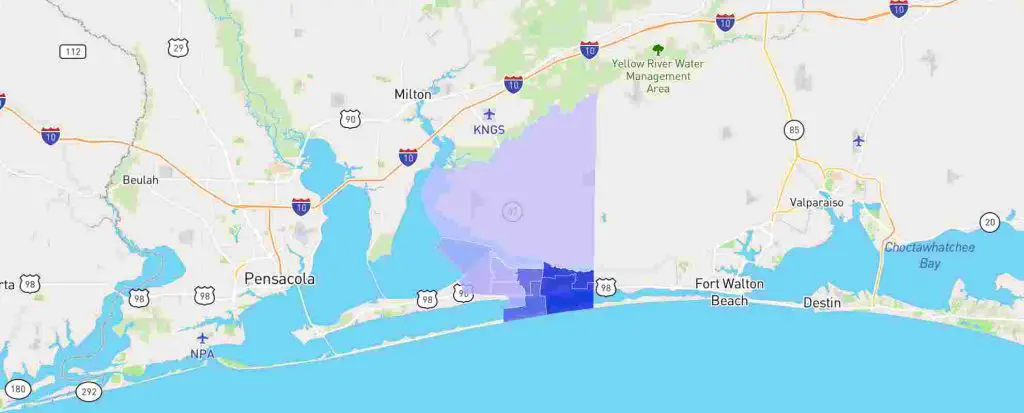
Comparing Panhandle Crime Rates
It’s easy to make vague claims about safety. But examining the hard data on crime rates reveals how the Panhandle measurement up. Compared to state and national averages:
- Violent crime across the Panhandle is 40% lower on average than the rest of Florida. Murder rates are minimal at 2 in 100,000 residents annually.
- Panama City posts the highest crime among major Panhandle cities, but still only 50% of Miami levels. Meanwhile, neighboring Panama Beach City Beach reports almost no crime.
- Petty theft represents the most common offense by far, with vehicle break-ins and shoplifting topping these statistics. But occurrence is still half of Miami averages.
- Law enforcement maximizes patrols on beaches, popular nightlife districts, events, and high-traffic lodging zones. Lighting deters late-night issues.
- No areas qualify as high crime zones either dilapidated or impoverished. Small beach town sensibilities prevail.
For perspective, visitors have a greater chance of drowning or getting stung by a jellyfish than becoming a crime victim in Panama City or Pensacola. Overall Panhandle crime data conveys a high level of safety.
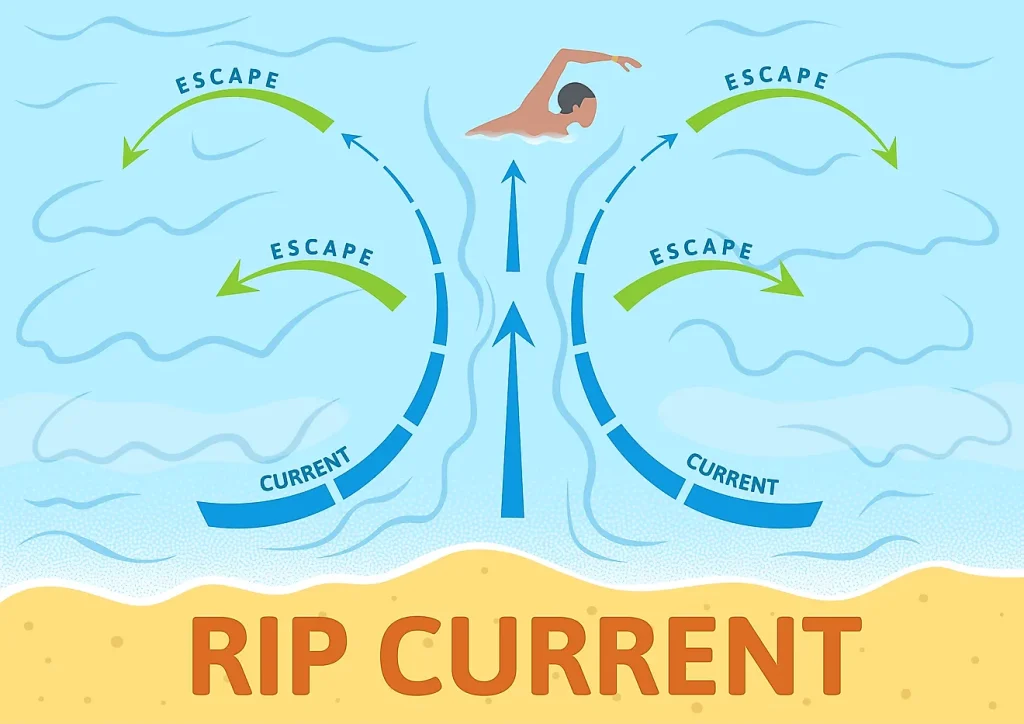
Water Safety Hazards
Panhandle beaches pose certain inherent risks requiring caution, especially strong rip currents:
- Unfortunately drownings occur annually, particularly visitors unfamiliar with Gulf currents and waves. Lifeguards cannot cover all miles of coastline.
- Rip currents overwhelm even strong swimmers quickly. If caught in a strong current, swim parallel to the shore until free of its pull, then proceed at an angle away from the current to shore.
- Signs warn of jellyfish and Portuguese Man o’ War colonies during summer. Their painful stings should be treated immediately with vinegar.
- Avoid swarms of stingrays prowling shallow waters, identified by their sharp, whipping tails. Shuffle feet when walking into the surf to avoid startling them.
- While shark attacks are extremely rare, bull sharks and black tips inhabit the area and may investigate commotion. Heed beach closures or advisories after any shark sightings.
- Do not swim alone, especially at night or before/after lifeguards leave duty. Avoid consuming alcohol before swimming.
The Panhandle waters appear deceptively tranquil. But rip currents, stings, sharp shells, and marine life pose hazards in any ocean environment. Heed warnings and advisories to maximize water safety.
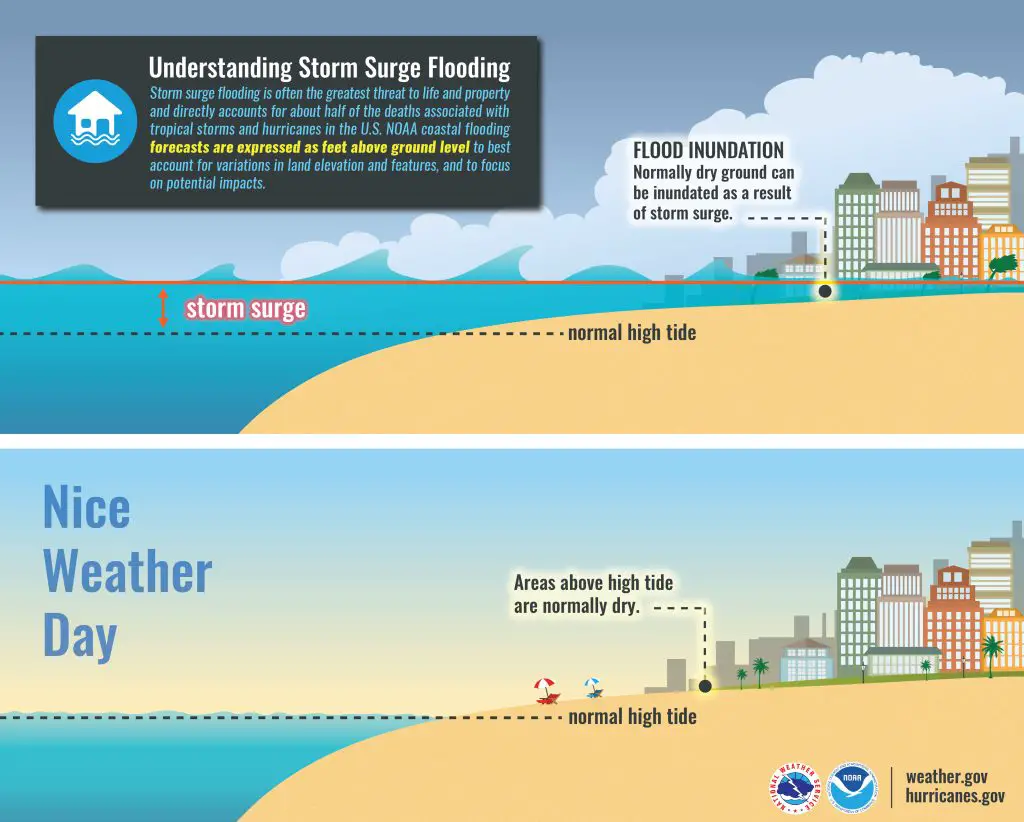
Natural Disaster Threats
As a coastal region, the Panhandle faces substantial hurricane and storm threats between June to November:
- The unique orientation of the Panhandle protruding into warm Gulf waters makes it a hurricane magnet. Storms often collide or intensify here as they enter the Gulf.
- Major hurricane impacts occurred in 1995, 2004, and 2018. Common threats are destructive winds, storm surges flooding inland areas, and severe rainfall.
- Many shoreline properties still lack sufficient elevation or fortification to withstand severe weather. But stricter building codes now require more hurricane-hardy standards.
- Extensive evacuation procedures guide tourists to safe havens inland in the event of approaching storms. Visitors should closely monitor weather forecasts for early evacuations.
- Post-storm risks include downed powerlines, debris, contaminated floodwaters, and cessation of emergency services. Avoid disaster areas.
By heeding local evacuation orders promptly and avoiding immediate coastal areas during storms, tourists remain safe from the worst hurricane impacts.
Health & Sanitation Concerns
Thanks to high municipal standards, the Panhandle fares well for overall health and cleanliness:
- Stringent water quality monitoring ensures beach waters meet the Clean Beaches Council’s testing benchmarks for bacterial levels and pollution. Beach advisories are rare.
- Air quality benefits from the absence of heavy industry. Smog levels run far below big city averages.
- Lodgings adhere to state sanitation and food handling certifications. Major outbreaks of illness are unusual.
- Florida implements state-wide safety policies regarding COVID-19 precautions, though Panhandle tourist areas now operate restriction-free based on low area infection rates.
- Public restrooms, changing areas, and beach showers discourage unsanitary conditions, litter, and contamination issues.
By following smart personal hygiene habits, visitors encounter minimal health hazards beyond occasional sunburn or allergic reactions.
The greatest ongoing nuisance remains respiratory irritation from dense seaweed or algae accumulations decomposing on some beaches.
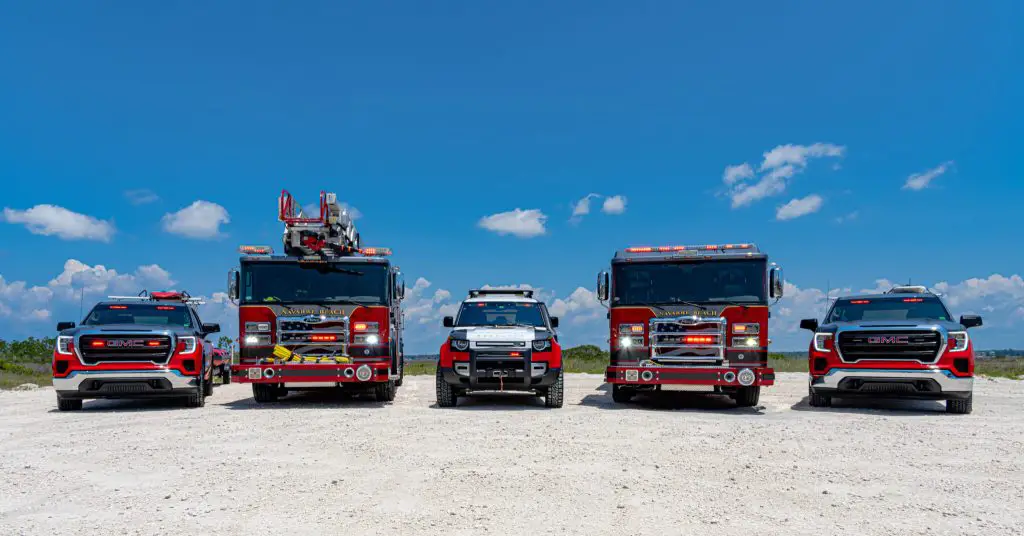
Access to Emergency Care
The Panhandle offers excellent access to medical and emergency assistance services:
- Modern hospitals and urgent care centers located within 10-15 minutes of major tourist zones can handle most any injury or condition. Air ambulance service speeds transport for remote emergencies.
- Law enforcement and lifeguard personnel train extensively for beach safety and rescue response. Many municipalities fund roving EMTs during peak seasons for fastest assistance.
- Signage clearly marks locations with automated external defibrillators (AEDs) for cardiac emergencies. Most hotels also keep units on hand.
- Florida A+ rated trauma centers like Ascension Sacred Heart offer state-of-the-art surgical and critical care services for serious incidents requiring hospitalization and rehabilitation.
Don’t take safety for granted, but travelers can breathe easier knowing the Panhandle’s emergency response systems prioritize fast reaction times and advanced care availability.

Family-Friendly Atmosphere
One final reason the Panhandle garners a reputation for security is its family focus. Travelers praise these aspects:
- The majority of tourists consist of extended families with kids and retiree couples. The region doesn’t cater to risky behavior.
- Lifeguards create secure swim zones for children. Shallow coves provide toddler play areas. Nearby parks include playgrounds and young child amusements away from the water.
- Lodgings emphasize child amenities like waterslides, game rooms, family pools, babysitting services, and kids’ programs with organized activities. Young ones stay happily occupied.
- Police vigilantly enforce alcohol bans on area beaches to prevent lewd conduct. Curfews for under 21 visitors minimize late night partying.
- Car traffic moves at slower speeds than other Florida regions. Crossing guards oversee busy intersections to the beach. Bike trails and pedestrian footpaths promote safety for little ones.
For generations of southerners, the Panhandle epitomizes wholesome family relaxation. Visitors praise the welcoming, secure ambiance for vacationers of all ages.
Responsible Vacationing = Safe Traveling
Ultimately tourists themselves also contribute to safety in the Panhandle through responsible choices:
- Obey all signpost alerts about rip currents, weather conditions, roving lifeguards, and authorized water areas. Refrain from swimming outside designated zones.
- While bar hopping and partying have their place, avoid risky intoxication levels that lead to accidents and poor choices.
- Don’t leave valuables unattended on the beach. Keep hotel rooms locked. Stow wallets or purses out of sight.
- If renting boats, watercraft, or bicycles, learn proper usage beforehand. Ride safely.
- Keep prescription or illicit drugs locked away from youth. Discourage underage drinking by those not of legal age.
- Learn basic first aid like treating jellyfish stings. Keep emergency contacts handy. Monitor children closely, especially around water.
The Panhandle maintains a quite innocuous environment overall. But remaining vigilant against preventable hazards or risky behavior enhances safety for everyone’s enjoyment.
Conclusion: A Secure Beach Getaway Awaits
While no vacation promises total immunity from harm or misfortune, prudent visitors minimize risks through sensible actions. The Florida Panhandle offers far fewer perils than many coastal destinations.
Here beach fans bask in glorious shorelines from Pensacola to Panama City virtually worry-free. Parents relax while kids splash safely. Outdoor lovers soak up adventure minus urban dangers.
By using reasonable caution, heeding authority advice, avoiding sketchy situations, and remaining alert to weather conditions, tourists encounter little trouble in the Panhandle’s welcoming seaside towns. Don’t miss out on stunning sugar-sand beaches due to exaggerated safety fears.
Want help planning an amazing beach getaway along the Panhandle? Our local experts happily suggest the very best resorts, sites, eateries, and activities for any visitor’s style and budget. Just describe your perfect coastal vacation, and we make it happen without hassles, headaches, or hauling the kids cross-country in the backseat for 16 hours.
Let us wow your crew with a Gulf Coast trip tailored for maximum fun and family bonding. The soothing crash of the waves awaits in one of America’s safest and most family-friendly beach destinations!

